Janardan Misra
Brevity is the soul of sustainability: Characterizing LLM response lengths
Jun 10, 2025Abstract:A significant portion of the energy consumed by Large Language Models (LLMs) arises from their inference processes; hence developing energy-efficient methods for inference is crucial. While several techniques exist for inference optimization, output compression remains relatively unexplored, with only a few preliminary efforts addressing this aspect. In this work, we first benchmark 12 decoder-only LLMs across 5 datasets, revealing that these models often produce responses that are substantially longer than necessary. We then conduct a comprehensive quality assessment of LLM responses, formally defining six information categories present in LLM responses. We show that LLMs often tend to include redundant or additional information besides the minimal answer. To address this issue of long responses by LLMs, we explore several simple and intuitive prompt-engineering strategies. Empirical evaluation shows that appropriate prompts targeting length reduction and controlling information content can achieve significant energy optimization between 25-60\% by reducing the response length while preserving the quality of LLM responses.
Towards Sustainable NLP: Insights from Benchmarking Inference Energy in Large Language Models
Feb 08, 2025



Abstract:Large language models (LLMs) are increasingly recognized for their exceptional generative capabilities and versatility across various tasks. However, the high inference costs associated with these models have not received adequate attention, particularly when compared to the focus on training costs in existing research. In response to this gap, our study conducts a comprehensive benchmarking of LLM inference energy across a wide range of NLP tasks, where we analyze the impact of different models, tasks, prompts, and system-related factors on inference energy. Specifically, our experiments reveal several interesting insights, including strong correlation of inference energy with output token length and response time. Also, we find that quantization and optimal batch sizes, along with targeted prompt phrases, can significantly reduce energy usage. This study is the first to thoroughly benchmark LLM inference across such a diverse range of aspects, providing insights and offering several recommendations for improving energy efficiency in model deployment.
autoNLP: NLP Feature Recommendations for Text Analytics Applications
Feb 08, 2020



Abstract:While designing machine learning based text analytics applications, often, NLP data scientists manually determine which NLP features to use based upon their knowledge and experience with related problems. This results in increased efforts during feature engineering process and renders automated reuse of features across semantically related applications inherently difficult. In this paper, we argue for standardization in feature specification by outlining structure of a language for specifying NLP features and present an approach for their reuse across applications to increase likelihood of identifying optimal features.
Computational Complexity of Observing Evolution in Artificial-Life Forms
Jun 24, 2018



Abstract:Observations are an essential component of the simulation based studies on artificial-evolutionary systems (AES) by which entities are identified and their behavior is observed to uncover higher-level "emergent" phenomena. Because of the heterogeneity of AES models and implicit nature of observations, precise characterization of the observation process, independent of the underlying micro-level reaction semantics of the model, is a difficult problem. Building upon the multiset based algebraic framework to characterize state-space trajectory of AES model simulations, we estimate bounds on computational resource requirements of the process of automatically discovering life-like evolutionary behavior in AES models during simulations. For illustration, we consider the case of Langton's Cellular Automata model and characterize the worst case computational complexity bounds for identifying entity and population level reproduction.
A Recursive PLS based Approach for Enterprise Threat Management
Jun 23, 2018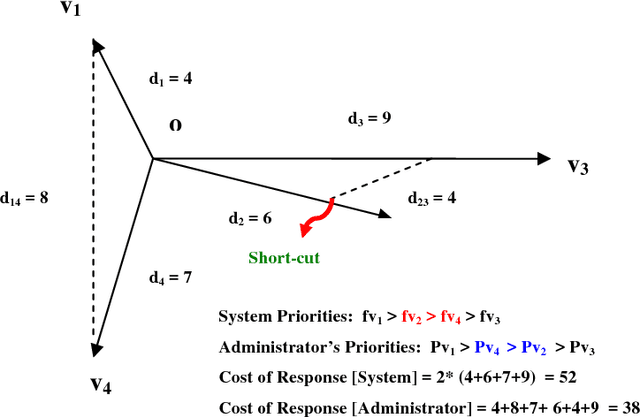

Abstract:Most of the existing solutions to enterprise threat management are preventive approaches prescribing means to prevent policy violations with varying degrees of success. In this paper we consider the complementary scenario where a number of security violations have already occurred, or security threats, or vulnerabilities have been reported and a security administrator needs to generate optimal response to these security events. We present a principled approach to study and model the human expertise in responding to the emergent threats owing to these security events. A recursive Partial Least Squares based adaptive learning model is defined using a factorial analysis of the security events together with a method for estimating the effect of global context dependent semantic information used by the security administrators. Presented model is theoretically optimal and operationally recursive in nature to deal with the set of security events being generated continuously. We discuss the underlying challenges and ways in which the model could be operationalized in centralized versus decentralized, and real-time versus batch processing modes.
An Inductive Formalization of Self Reproduction in Dynamical Hierarchies
Jun 23, 2018Abstract:Formalizing self reproduction in dynamical hierarchies is one of the important problems in Artificial Life (AL) studies. We study, in this paper, an inductively defined algebraic framework for self reproduction on macroscopic organizational levels under dynamical system setting for simulated AL models and explore some existential results. Starting with defining self reproduction for atomic entities we define self reproduction with possible mutations on higher organizational levels in terms of hierarchical sets and the corresponding inductively defined `meta' - reactions. We introduce constraints to distinguish a collection of entities from genuine cases of emergent organizational structures.
Designing Intelligent Automation based Solutions for Complex Social Problems
Jun 16, 2016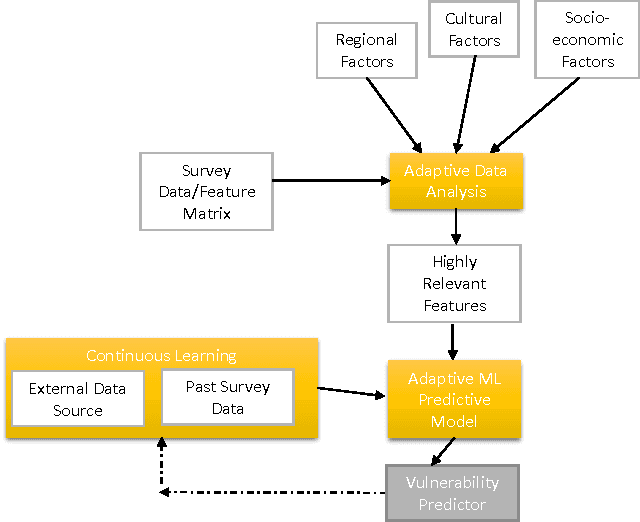
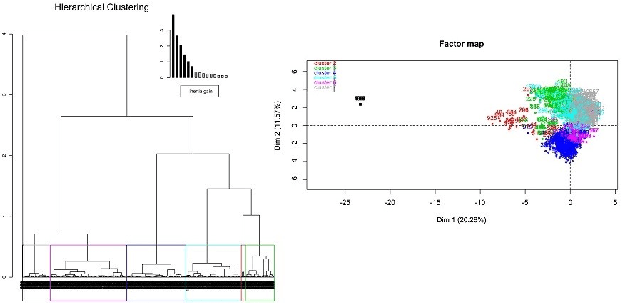
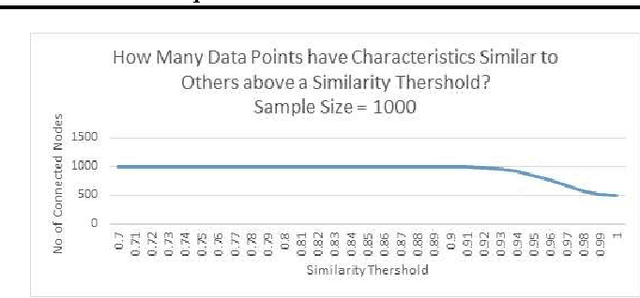
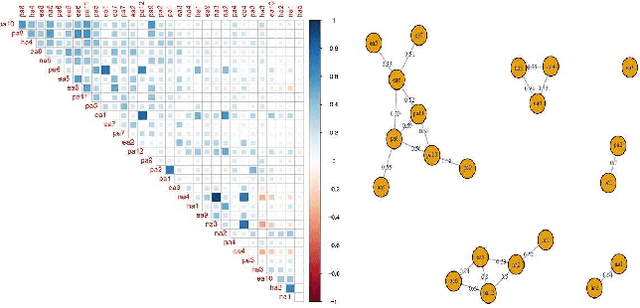
Abstract:Deciding effective and timely preventive measures against complex social problems affecting relatively low income geographies is a difficult challenge. There is a strong need to adopt intelligent automation based solutions with low cost imprints to tackle these problems at larger scales. Starting with the hypothesis that analytical modelling and analysis of social phenomena with high accuracy is in general inherently hard, in this paper we propose design framework to enable data-driven machine learning based adaptive solution approach towards enabling more effective preventive measures. We use survey data collected from a socio-economically backward region of India about adolescent girls to illustrate the design approach.
Towards a Framework for Observing Artificial Evolutionary Systems
Jan 12, 2009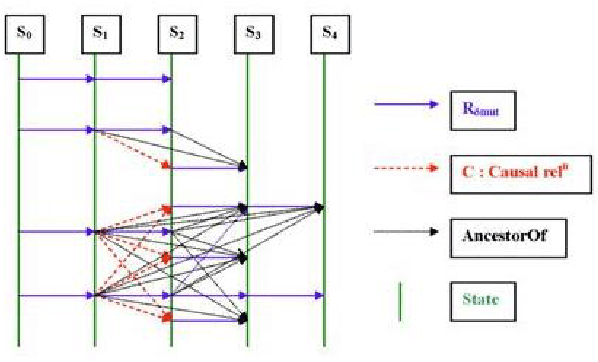
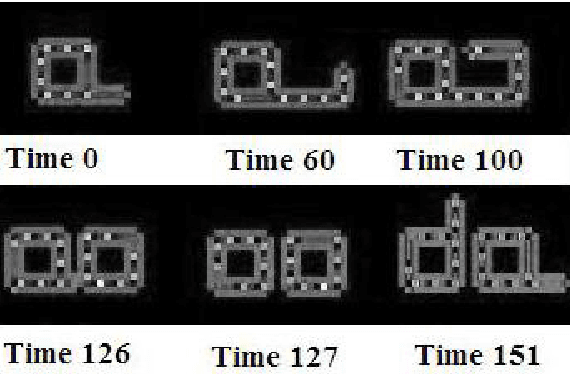
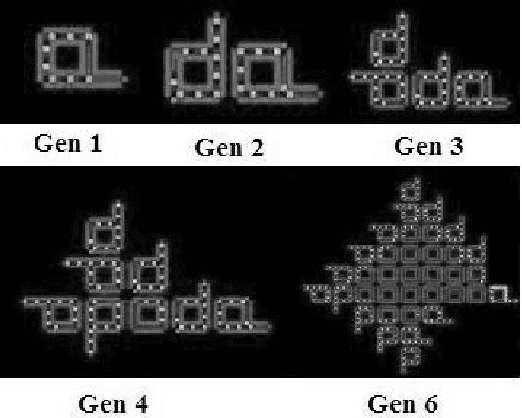
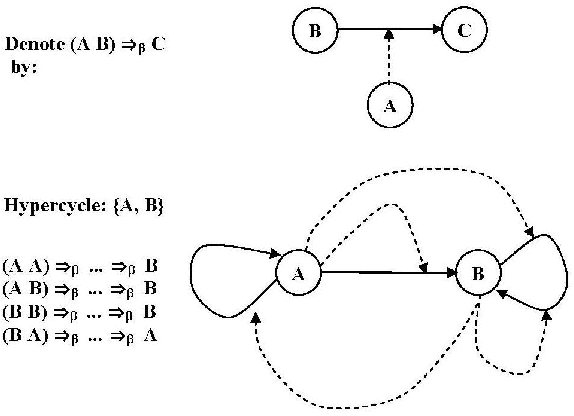
Abstract:Establishing the emergence of evolutionary behavior as a defining characteristic of 'life' is a major step in the Artificial life (ALife) studies. We present here an abstract formal framework for this aim based upon the notion of high-level observations made on the ALife model at hand during its simulations. An observation process is defined as a computable transformation from the underlying dynamic structure of the model universe to a tuple consisting of abstract components needed to establish the evolutionary processes in the model. Starting with defining entities and their evolutionary relationships observed during the simulations of the model, the framework prescribes a series of definitions, followed by the axioms (conditions) that must be met in order to establish the level of evolutionary behavior in the model. The examples of Cellular Automata based Langton Loops and Lambda calculus based Algorithmic Chemistry are used to illustrate the framework. Generic design suggestions for the ALife research are also drawn based upon the framework design and case study analysis.
Design of a P System based Artificial Graph Chemistry
Jan 03, 2009Abstract:Artificial Chemistries (ACs) are symbolic chemical metaphors for the exploration of Artificial Life, with specific focus on the origin of life. In this work we define a P system based artificial graph chemistry to understand the principles leading to the evolution of life-like structures in an AC set up and to develop a unified framework to characterize and classify symbolic artificial chemistries by devising appropriate formalism to capture semantic and organizational information. An extension of P system is considered by associating probabilities with the rules providing the topological framework for the evolution of a labeled undirected graph based molecular reaction semantics.
 Add to Chrome
Add to Chrome Add to Firefox
Add to Firefox Add to Edge
Add to Edge